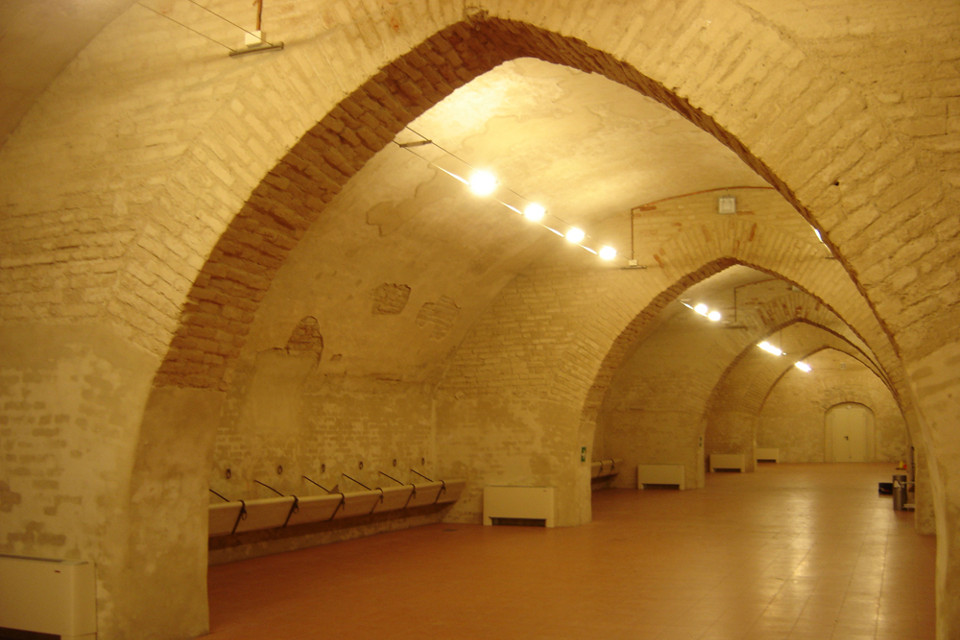
Stables of the Visconti Castle
The space of Stables is settled in the princely palace commissioned by Galeazzo Visconti in the later 14thácentury for Pavia, only 20 minutes far from Milano.

The space of Stables is settled in the princely palace commissioned by Galeazzo Visconti in the later 14thácentury for Pavia, only 20 minutes far from Milano.
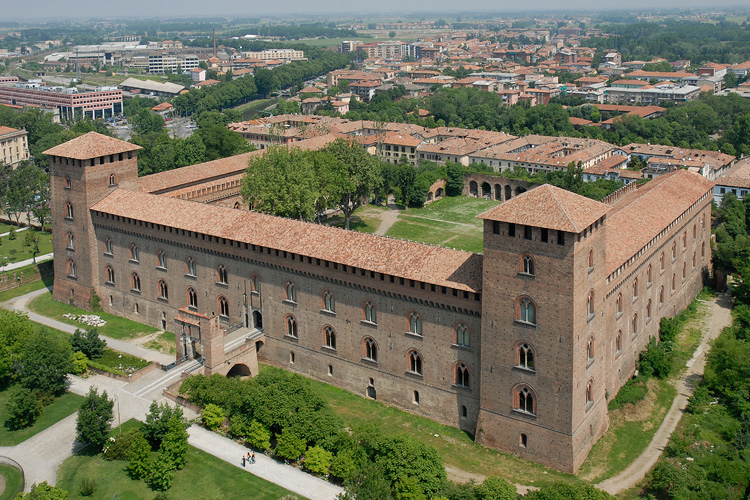
They are the pride of the city of Pavia.
they are within the Visconti Castle and hold some permanent collections.
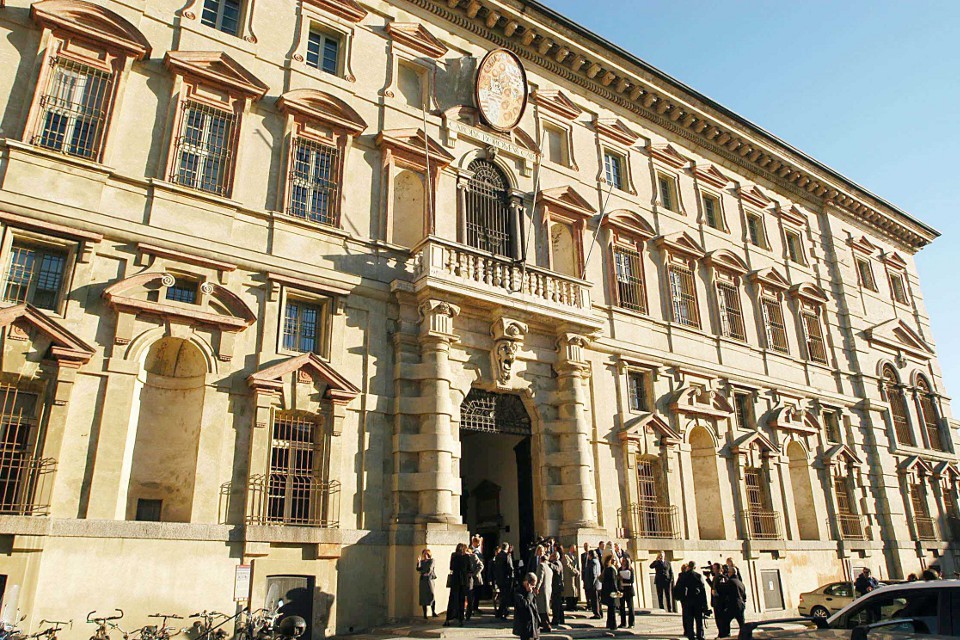
This College, founded by St. Charles in 1561, is one of the most beautiful mannerist mansions in Lombardy.
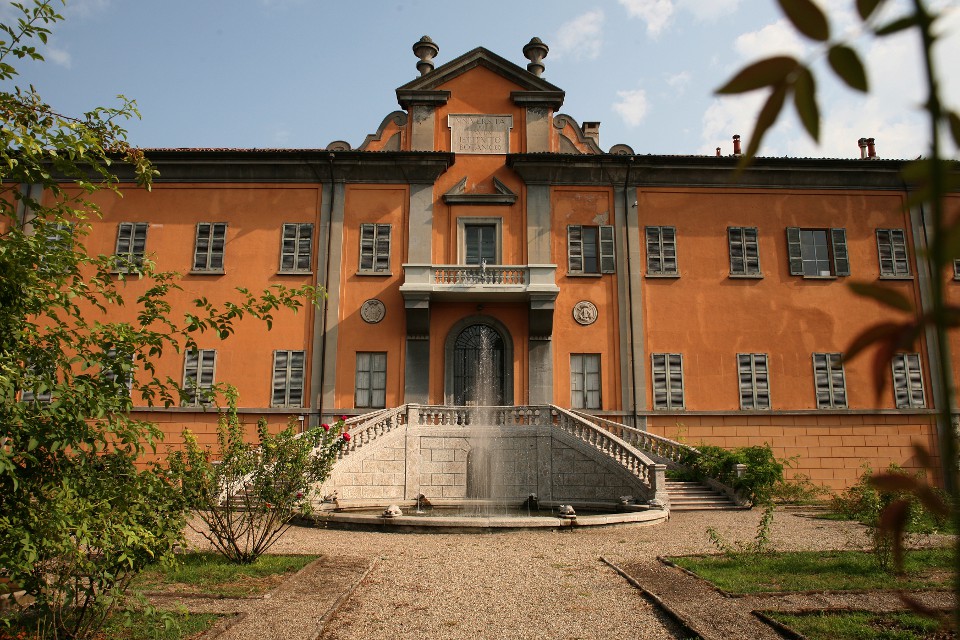
They are situated in an ancient area where the convent of Sant’Epifanio once stood and whose cloister is still visible.
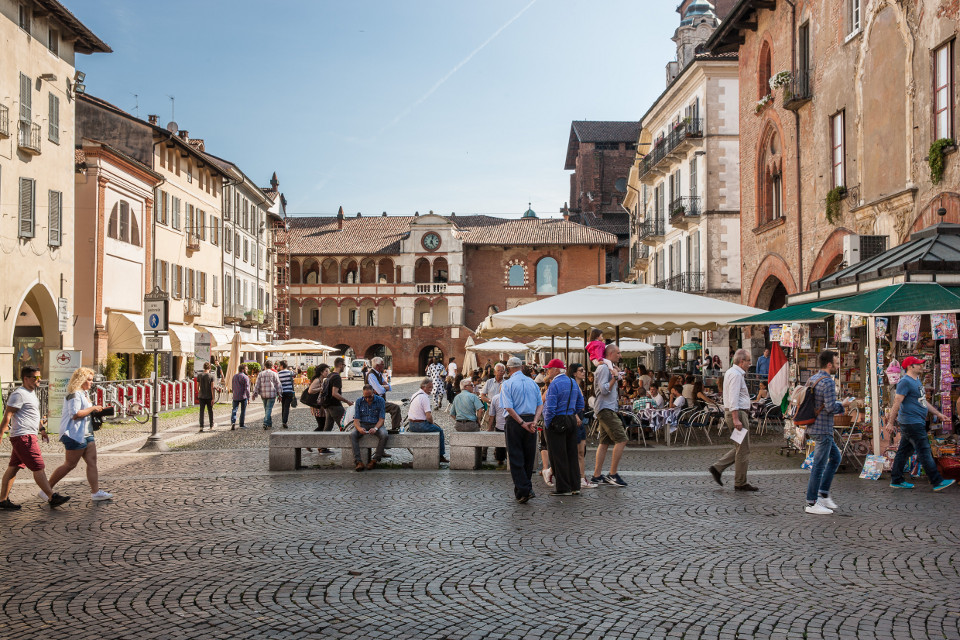
The “Broletto” was the historical seat of the city meetings from the 11th century to the 16th century.
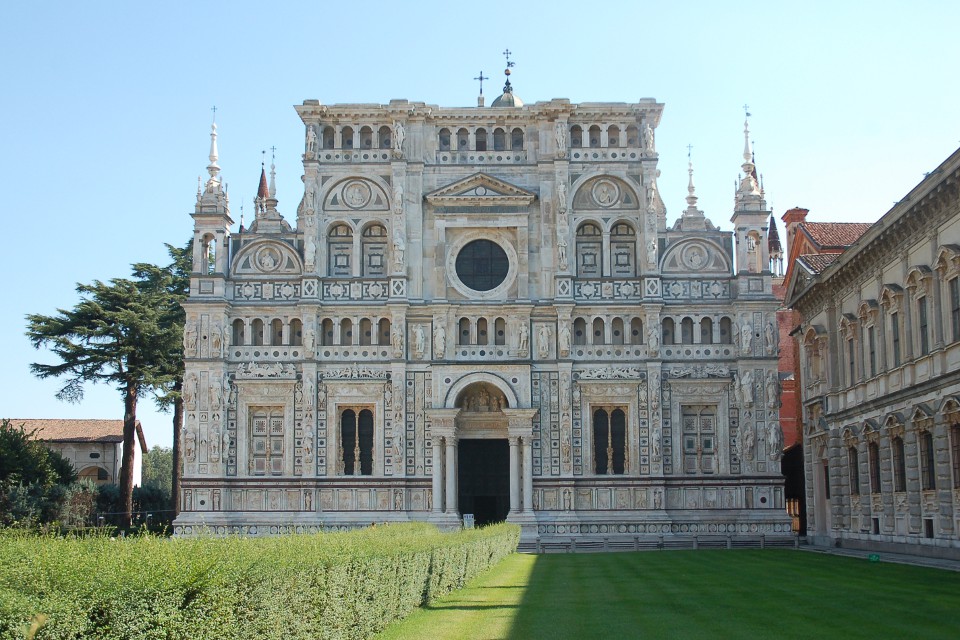
It is seven km to the north of Pavia. Gian Galeazzo Visconti wanted a magnificent complex to be constructed at the park boundary.
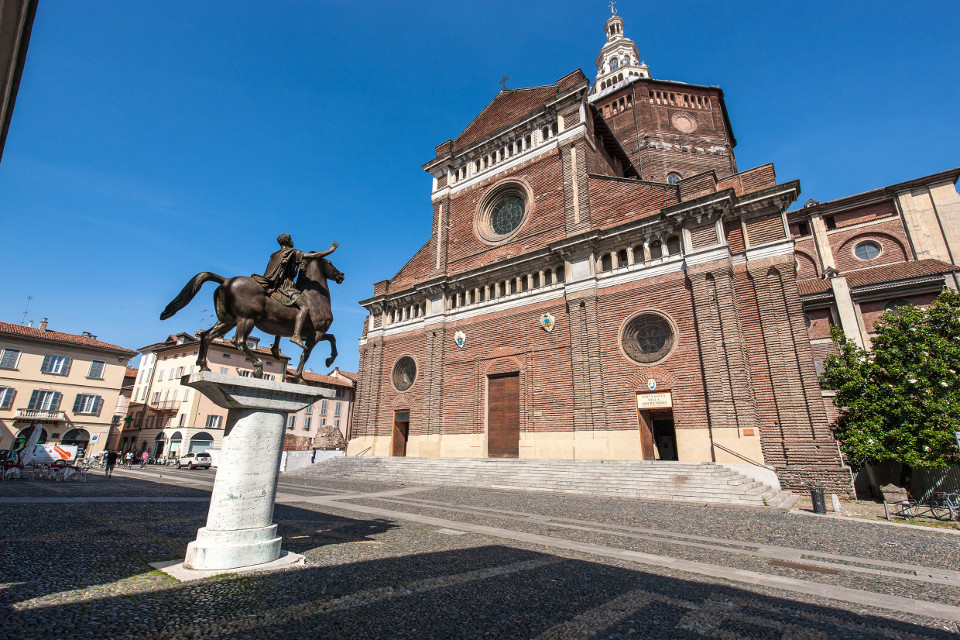
Since 1488 the inhabitants of Pavia wanted a Renaissance cathedral to be rebuilt to replace the ancient Romanesque cathedral of St. Stefano and S.ta Maria del Popolo.
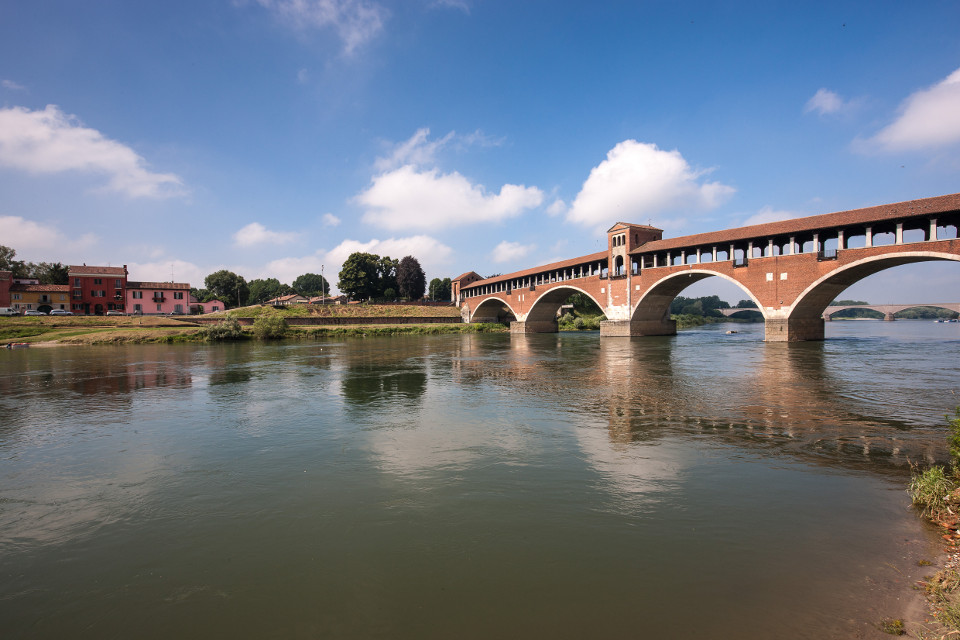
In the middle of the 14th century the bridge was reconstructed to replace the ancient Roman bridge, whose piers are still visible.
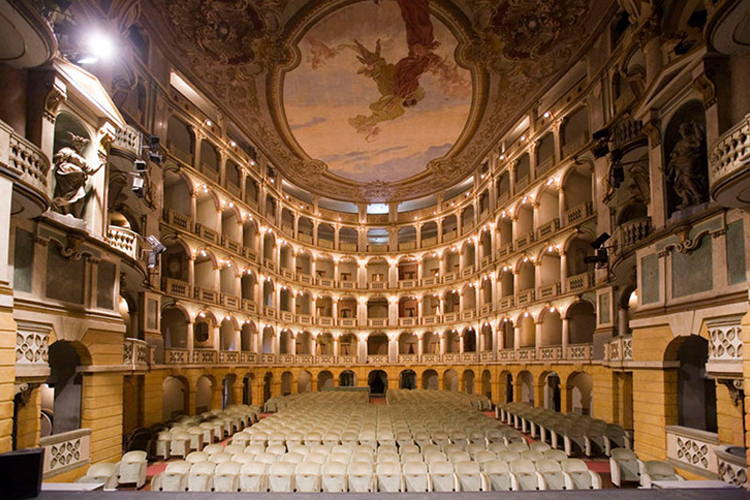
Four representatives of the town nobility wanted the first public theatre to be built. The project, carried out between 1771 and 1773, was assigned to one of the greatest stage designing architect of the time, Antonio Galli Bibiena.
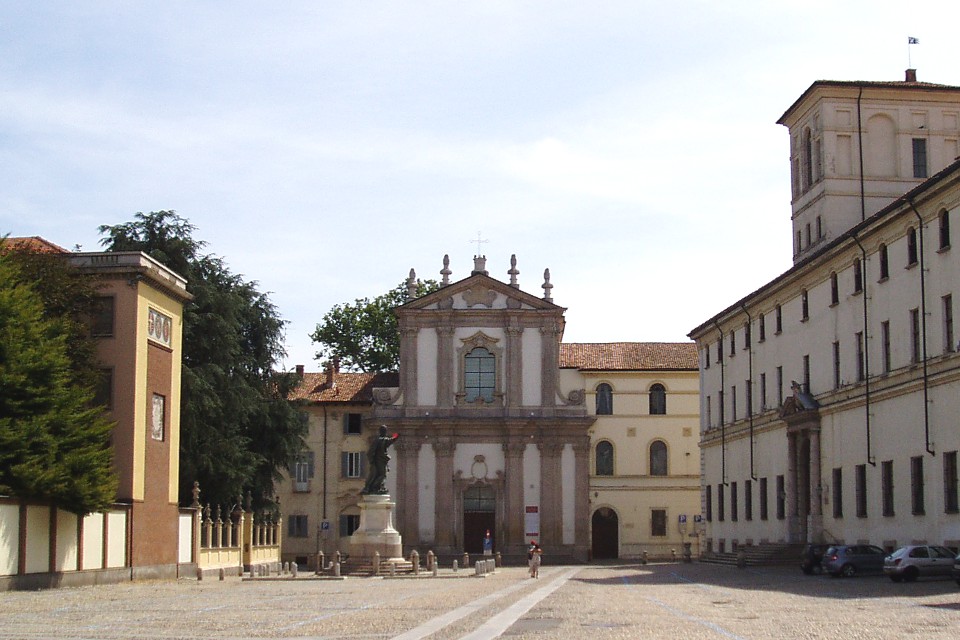
It was founded by Pope Pius V in 1507 on Tibaldi’s project: an extremely austere three-floor building on a square plan.
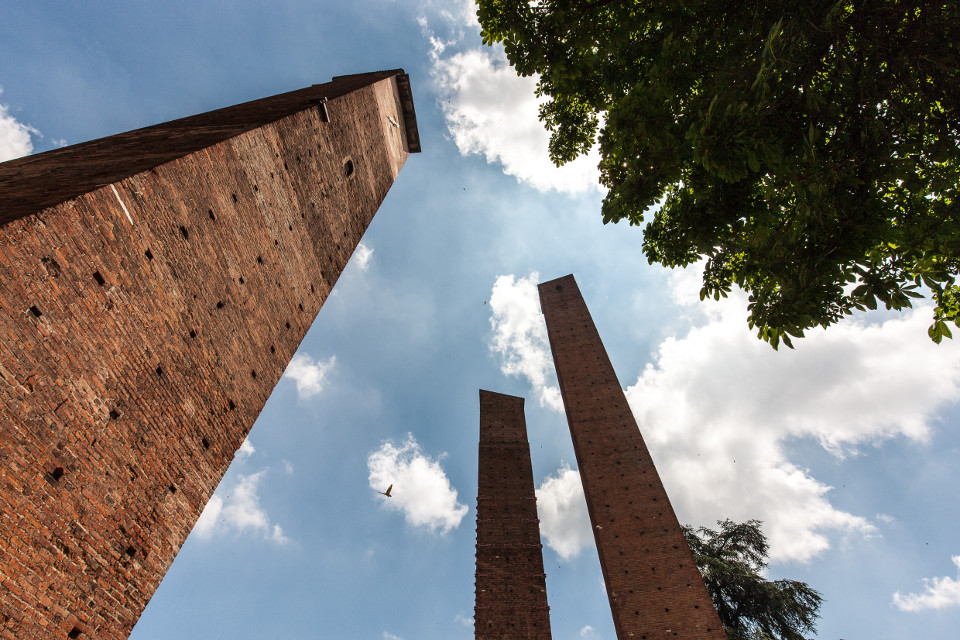
Today these are just five of a hundred or perhaps more towers featuring the outline of the medieval town: three near the university and two in L. Porta street.
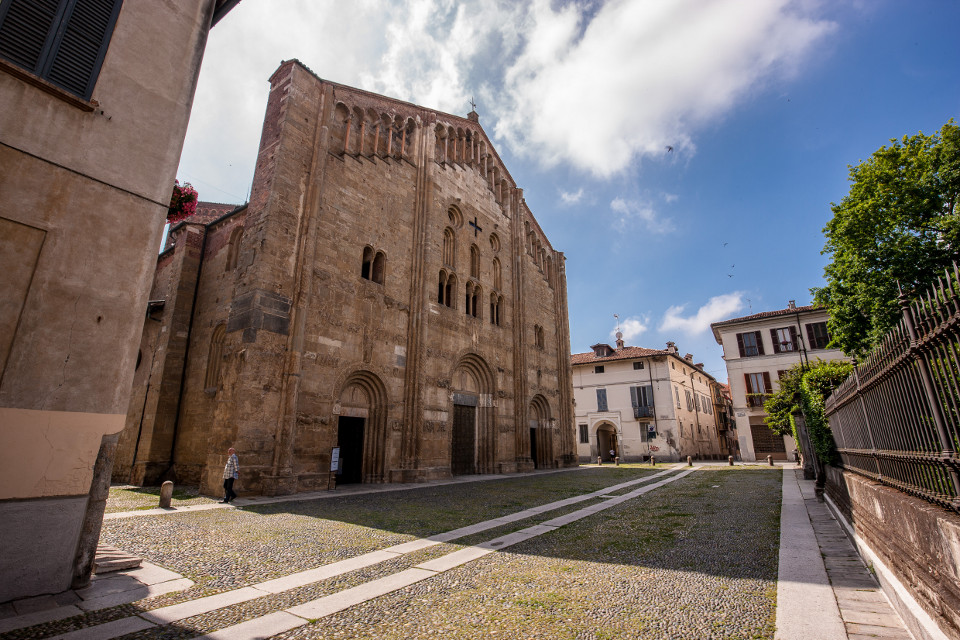
Masterpiece of the Romanesque architecture in Lombardy, this church has a majestic nave and two aisles, surmounted by the lantern and its façade is richly decorated with sculptures, bas reliefs and figures of animals, plant volute cornices and green shoots.
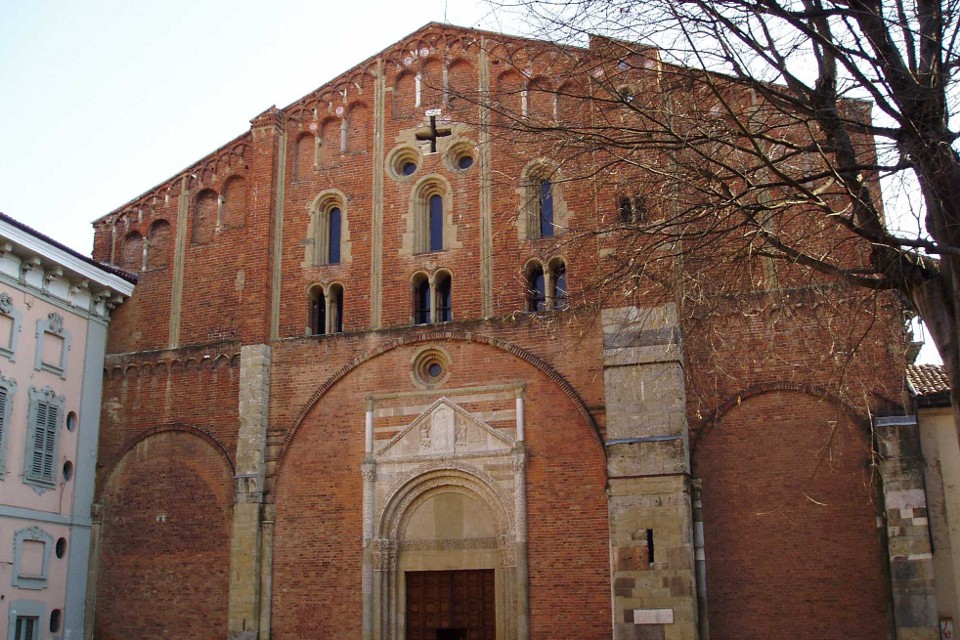
The Romanesque Church, refurbished in the 12th century, is well-known all over Europe for Saint Augustine’s remains, which in the 8th century were transfered here from Sardinia in obedience to the Lombard King Liutprando’s will.
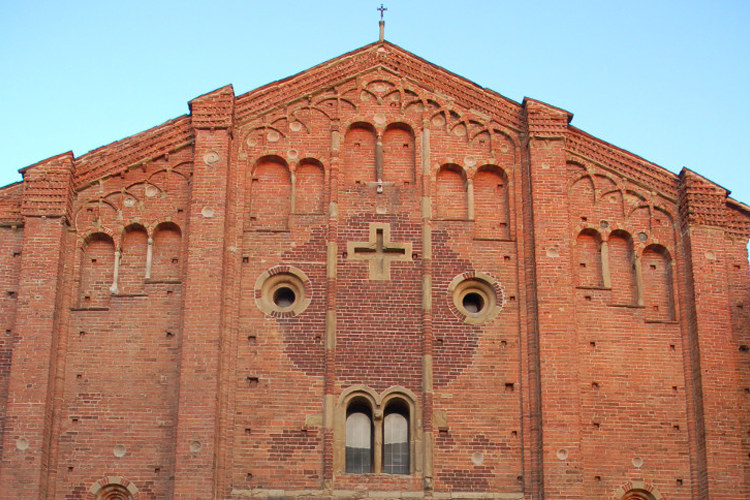
This 12th century Romanesque church is situated in a town area, which was once an ancient quartier outside the town walls.
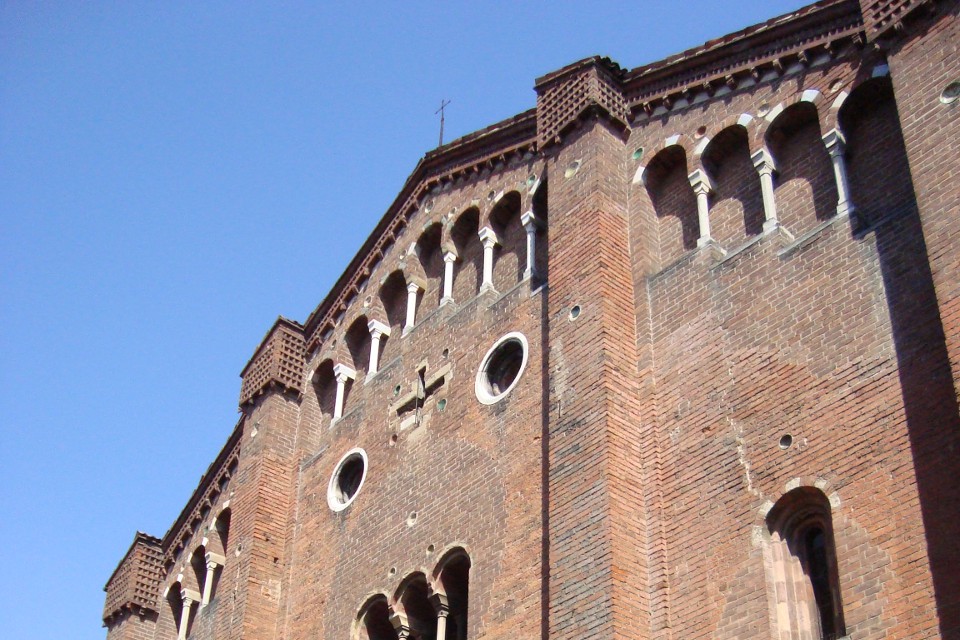
This church with its redbrick fašade is situated in the central medieval fishing quarter. Dedicated to one of the patrons of the town, the church houses several votive tokens.
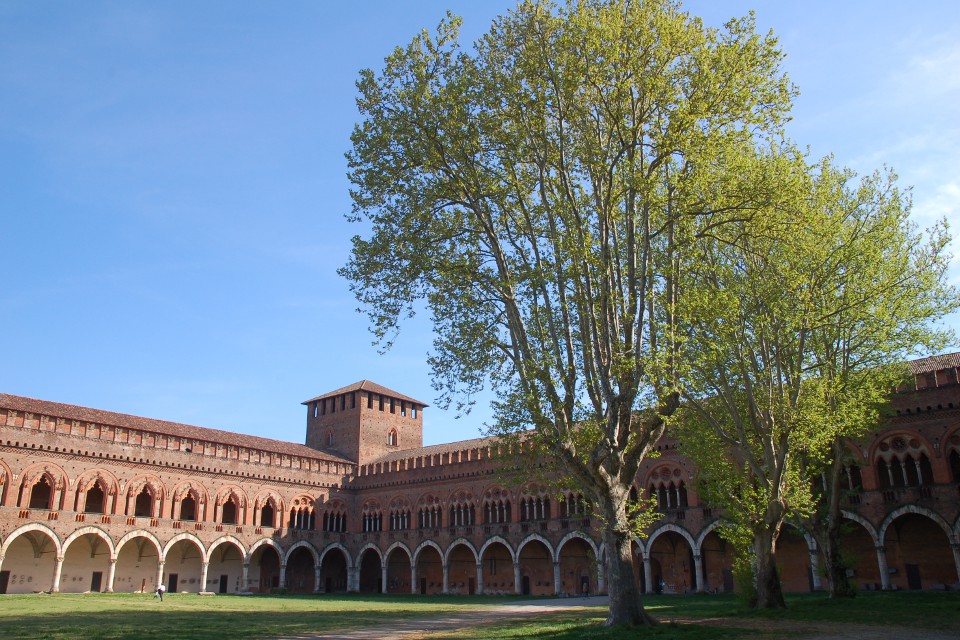
Built by Galeazzo II Visconti as from 1360 the construction was achieved after only five years. It was a stately and refined court residence rather than a fortress.
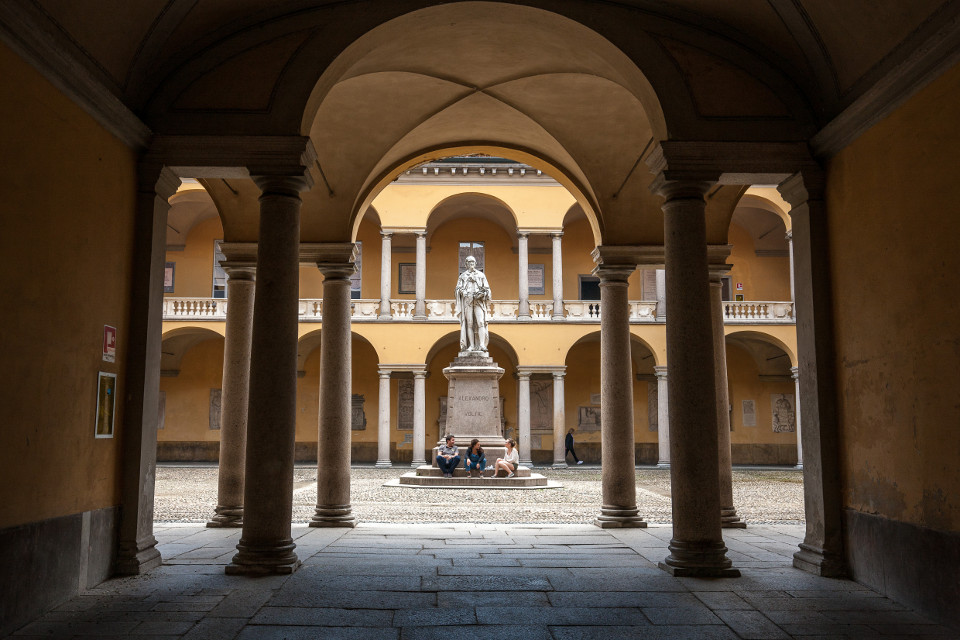
The university, one of the oldest in Europe, was founded in 1361 by Galeazzo II Visconti, who set up courses in law, medicine and liberal arts.
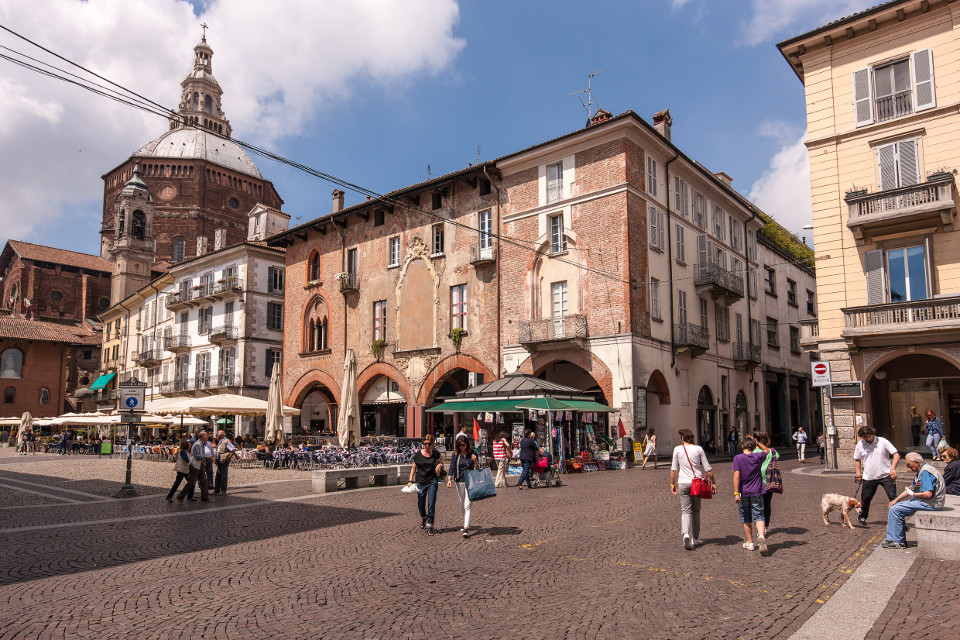
It is the main town square, known as “Platea Magna”, large square, in ancient times, in contrast with the “Platea Parva”, small square, i.e. the Cathedral Square.